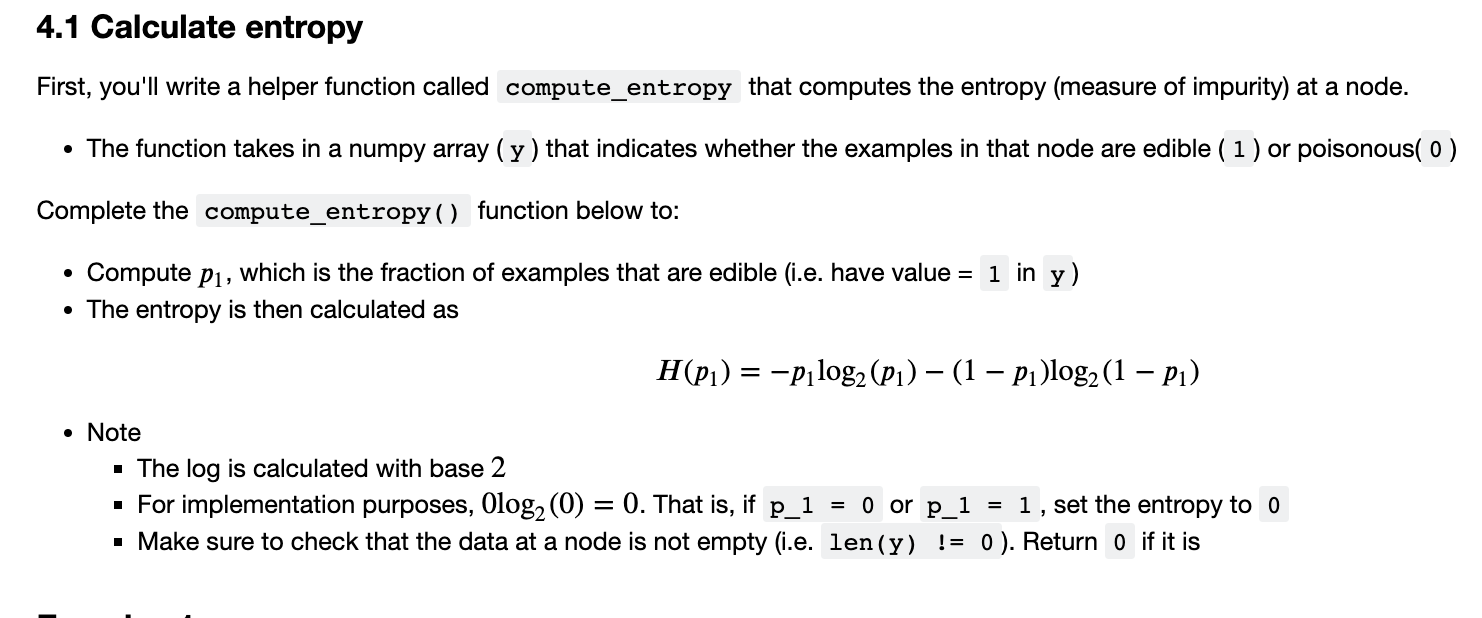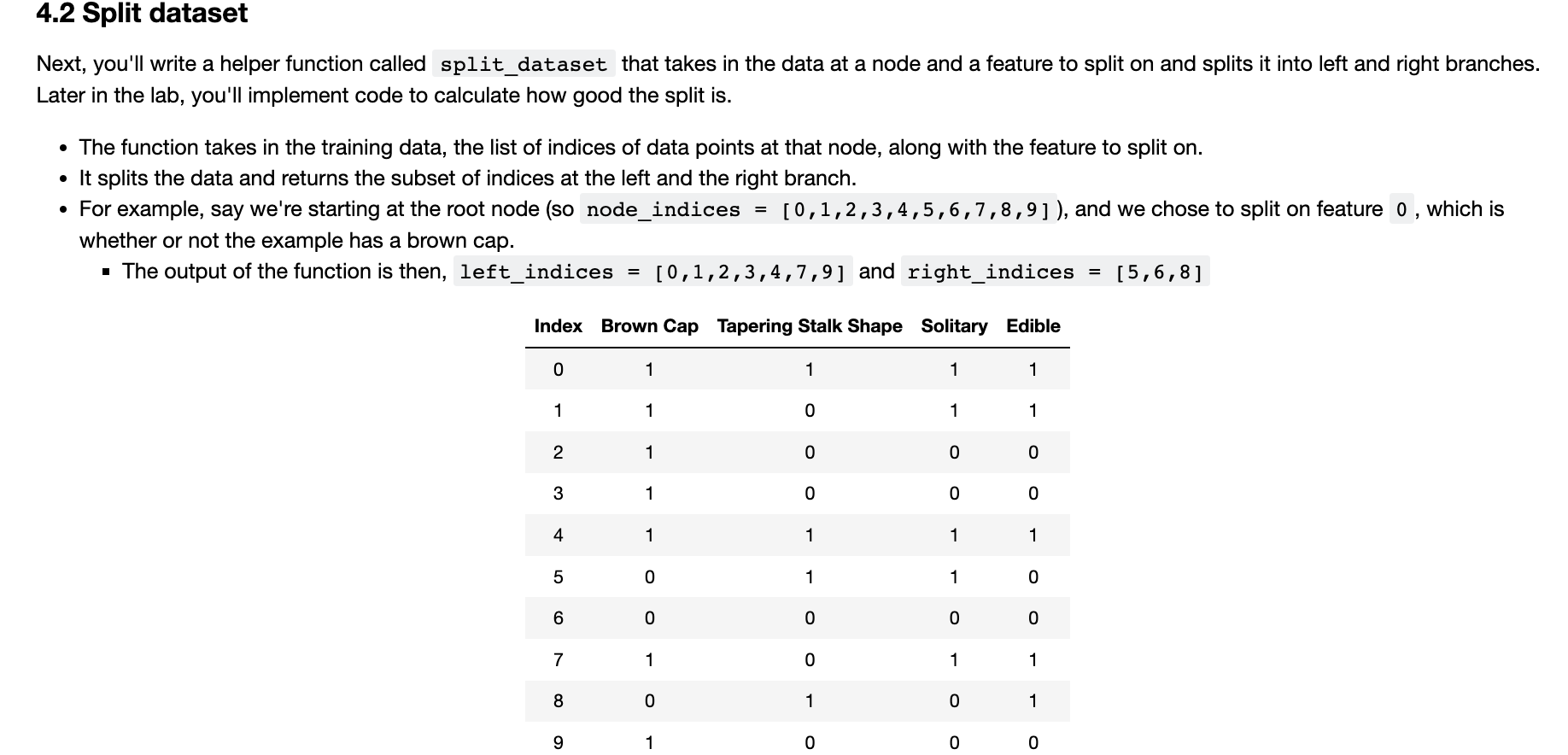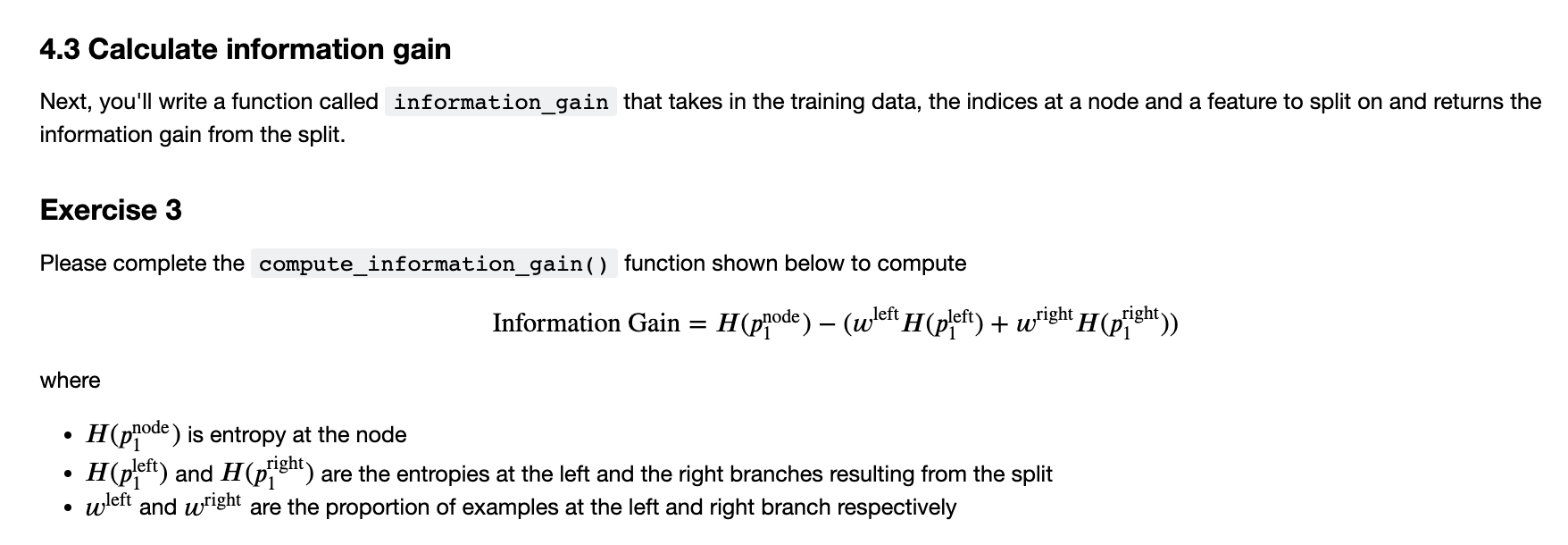1
2
3
4
5
6
7
8
9
10
11
12
13
14
15
16
17
18
19
20
21
22
23
24
25
26
27
28
29
30
31
32
33
34
35
36
37
38
39
40
41
42
43
44
45
46
47
48
49
50
51
52
53
54
55
56
57
58
59
60
61
62
63
64
65
66
67
68
69
70
71
72
73
74
75
76
77
78
79
80
81
82
83
84
85
86
87
88
89
90
91
92
93
94
95
96
97
98
99
100
101
102
103
104
105
106
107
108
109
110
111
112
113
114
115
116
117
118
119
120
121
122
123
124
125
126
127
128
129
130
131
132
133
134
135
136
137
138
139
140
141
142
143
144
145
146
147
148
149
150
151
152
153
154
155
156
157
158
159
160
161
162
163
164
165
166
167
168
169
170
171
172
173
174
175
176
177
178
179
180
181
182
183
184
185
186
187
188
189
190
191
192
193
194
195
196
197
198
199
200
201
202
203
204
205
206
207
208
209
210
211
212
213
214
215
216
217
218
219
220
221
222
223
224
225
226
227
228
229
230
231
232
233
234
235
236
237
238
239
240
241
242
243
244
245
246
247
248
249
250
251
252
253
254
255
256
257
258
259
260
261
262
263
264
265
266
267
268
269
270
271
272
273
274
275
276
277
278
279
280
281
282
283
284
285
286
287
288
289
290
291
292
293
294
295
296
297
298
299
300
301
302
303
304
305
306
307
308
309
310
311
312
313
314
315
316
317
318
319
320
321
322
323
324
325
326
327
328
329
330
331
332
333
334
335
336
337
338
339
340
341
342
343
344
345
346
347
348
349
350
351
352
353
354
355
356
357
358
359
360
361
362
363
364
365
366
367
368
369
370
371
372
373
374
375
376
377
378
379
380
381
382
383
384
385
386
387
388
389
390
391
392
393
394
395
396
397
398
399
400
401
402
403
404
405
406
407
408
409
410
411
412
413
414
415
416
417
418
419
420
421
422
423
424
425
426
427
428
429
430
431
432
|
"""
问题陈述:
Suppose you are starting a company that grows and sells wild mushrooms.
Since not all mushrooms are edible, you'd like to be able to tell whether a given mushroom is edible or poisonous based on it's physical attributes
You have some existing data that you can use for this task.
Can you use the data to help you identify which mushrooms can be sold safely?
Note: The dataset used is for illustrative purposes only. It is not meant to be a guide on identifying edible mushrooms.
You have 10 examples of mushrooms. For each example, you have
- Three features
- Cap Color (Brown or Red),
- Stalk Shape (Tapering or Enlarging), and
- Solitary (Yes or No)
- Label
- Edible (1 indicating yes or 0 indicating poisonous)
回顾建立决策树的步骤:
1.Start with all examples at the root node
2.Calculate information gain for splitting on all possible features, and pick the one with the highest information gain
3.Split dataset according to the selected feature, and create left and right branches of the tree
4.Keep repeating splitting process until stopping criteria is met
"""
import numpy as np
import matplotlib.pyplot as plt
def compute_entropy_test(target):
y = np.array([1] * 10)
result = target(y)
assert result == 0, "Entropy must be 0 with array of ones"
y = np.array([0] * 10)
result = target(y)
assert result == 0, "Entropy must be 0 with array of zeros"
y = np.array([0] * 12 + [1] * 12)
result = target(y)
assert result == 1, "Entropy must be 1 with same ammount of ones and zeros"
y = np.array([1, 0, 1, 0, 1, 1, 1, 0, 1])
assert np.isclose(target(y), 0.918295, atol=1e-6), "Wrong value. Something between 0 and 1"
assert np.isclose(target(-y + 1), target(y), atol=1e-6), "Wrong value"
print("\033[92m All tests passed.")
def split_dataset_test(target):
X = np.array([[1, 0],
[1, 0],
[1, 1],
[0, 0],
[0, 1]])
X_t = np.array([[0, 1, 0, 1, 0]])
X = np.concatenate((X, X_t.T), axis=1)
left, right = target(X, list(range(5)), 2)
expected = {'left': np.array([1, 3]),
'right': np.array([0, 2, 4])}
assert type(left) == list, f"Wrong type for left. Expected: list got: {type(left)}"
assert type(right) == list, f"Wrong type for right. Expected: list got: {type(right)}"
assert type(left[0]) == int, f"Wrong type for elements in the left list. Expected: int got: {type(left[0])}"
assert type(right[0]) == int, f"Wrong type for elements in the right list. Expected: number got: {type(right[0])}"
assert len(left) == 2, f"left must have 2 elements but got: {len(left)}"
assert len(right) == 3, f"right must have 3 elements but got: {len(right)}"
assert np.allclose(right, expected['right']), f"Wrong value for right. Expected: {expected['right']} \ngot: {right}"
assert np.allclose(left, expected['left']), f"Wrong value for left. Expected: {expected['left']} \ngot: {left}"
X = np.array([[0, 1],
[1, 1],
[1, 1],
[0, 0],
[1, 0]])
X_t = np.array([[0, 1, 0, 1, 0]])
X = np.concatenate((X_t.T, X), axis=1)
left, right = target(X, list(range(5)), 0)
expected = {'left': np.array([1, 3]),
'right': np.array([0, 2, 4])}
assert np.allclose(right, expected['right']) and np.allclose(left, expected[
'left']), f"Wrong value when target is at index 0."
X = (np.random.rand(11, 3) > 0.5) * 1 # Just random binary numbers
X_t = np.array([[0, 1, 0, 1, 0, 1, 1, 0, 0, 0, 0]])
X = np.concatenate((X, X_t.T), axis=1)
left, right = target(X, [1, 2, 3, 6, 7, 9, 10], 3)
expected = {'left': np.array([1, 3, 6]),
'right': np.array([2, 7, 9, 10])}
assert np.allclose(right, expected['right']) and np.allclose(left, expected[
'left']), f"Wrong value when target is at index 0. \nExpected: {expected} \ngot: \{left:{left}, 'right': {right}\}"
print("\033[92m All tests passed.")
def compute_information_gain_test(target):
X = np.array([[1, 0],
[1, 0],
[1, 0],
[0, 0],
[0, 1]])
y = np.array([[0, 0, 0, 0, 0]]).T
node_indexes = list(range(5))
result1 = target(X, y, node_indexes, 0)
result2 = target(X, y, node_indexes, 0)
assert result1 == 0 and result2 == 0, f"Information gain must be 0 when target variable is pure. Got {result1} and {result2}"
y = np.array([[0, 1, 0, 1, 0]]).T
node_indexes = list(range(5))
result = target(X, y, node_indexes, 0)
assert np.isclose(result, 0.019973, atol=1e-6), f"Wrong information gain. Expected {0.019973} got: {result}"
result = target(X, y, node_indexes, 1)
assert np.isclose(result, 0.170951, atol=1e-6), f"Wrong information gain. Expected {0.170951} got: {result}"
node_indexes = list(range(4))
result = target(X, y, node_indexes, 0)
assert np.isclose(result, 0.311278, atol=1e-6), f"Wrong information gain. Expected {0.311278} got: {result}"
result = target(X, y, node_indexes, 1)
assert np.isclose(result, 0, atol=1e-6), f"Wrong information gain. Expected {0.0} got: {result}"
print("\033[92m All tests passed.")
def get_best_split_test(target):
X = np.array([[1, 0],
[1, 0],
[1, 0],
[0, 0],
[0, 1]])
y = np.array([[0, 0, 0, 0, 0]]).T
node_indexes = list(range(5))
result = target(X, y, node_indexes)
assert result == -1, f"When the target variable is pure, there is no best split to do. Expected -1, got {result}"
y = X[:, 0]
result = target(X, y, node_indexes)
assert result == 0, f"If the target is fully correlated with other feature, that feature must be the best split. Expected 0, got {result}"
y = X[:, 1]
result = target(X, y, node_indexes)
assert result == 1, f"If the target is fully correlated with other feature, that feature must be the best split. Expected 1, got {result}"
y = 1 - X[:, 0]
result = target(X, y, node_indexes)
assert result == 0, f"If the target is fully correlated with other feature, that feature must be the best split. Expected 0, got {result}"
y = np.array([[0, 1, 0, 1, 0]]).T
result = target(X, y, node_indexes)
assert result == 1, f"Wrong result. Expected 1, got {result}"
y = np.array([[0, 1, 0, 1, 0]]).T
node_indexes = [2, 3, 4]
result = target(X, y, node_indexes)
assert result == 0, f"Wrong result. Expected 0, got {result}"
n_samples = 100
X0 = np.array([[1] * n_samples])
X1 = np.array([[0] * n_samples])
X2 = (np.random.rand(1, 100) > 0.5) * 1
X3 = np.array([[1] * int(n_samples / 2) + [0] * int(n_samples / 2)])
y = X2.T
node_indexes = list(range(20, 80))
X = np.array([X0, X1, X2, X3]).T.reshape(n_samples, 4)
result = target(X, y, node_indexes)
assert result == 2, f"Wrong result. Expected 2, got {result}"
y = X0.T
result = target(X, y, node_indexes)
assert result == -1, f"When the target variable is pure, there is no best split to do. Expected -1, got {result}"
print("\033[92m All tests passed.")
def cat_data():
print("First few elements of X_train:\n", X_train[:3])
print("Type of X_train:", type(X_train))
print("First few elements of y_train:", y_train[:3])
print("Type of y_train:", type(y_train))
print('The shape of X_train is:', X_train.shape)
print('The dim of X_train is:', X_train.ndim)
print('The shape of y_train is: ', y_train.shape)
print('The dim of y_train is: ', y_train.ndim)
print('Number of training examples (m):', len(X_train))
# Calculate the entropy at a node
# UNQ_C1
# GRADED FUNCTION: compute_entropy
def compute_entropy(y):
"""
Computes the entropy for
Args:
y (ndarray): Numpy array indicating whether each example at a node is
edible (`1`) or poisonous (`0`)
Returns:
entropy (float): Entropy at that node
"""
# You need to return the following variables correctly
entropy = 0.
### START CODE HERE ###
if len(y) != 0:
# Your code here to calculate the fraction of edible examples (i.e with value = 1 in y)
p1 = len(y[y == 1]) / len(y)
# For p1 = 0 and 1, set the entropy to 0 (to handle 0log0)
if p1 != 0 and p1 != 1:
# Your code here to calculate the entropy using the formula provided above
entropy = -p1 * np.log2(p1) - (1 - p1) * np.log2(1 - p1)
else:
entropy = 0.
### END CODE HERE ###
return entropy
# Split the dataset at a node into left and right branches based on a given feature
# UNQ_C2
# GRADED FUNCTION: split_dataset
def split_dataset(X, node_indices, feature):
"""
Splits the data at the given node into
left and right branches
Args:
X (ndarray): Data matrix of shape(n_samples, n_features)
node_indices (ndarray): List containing the active indices. I.e, the samples being considered at this step.
feature (int): Index of feature to split on
Returns:
left_indices (ndarray): Indices with feature value == 1
right_indices (ndarray): Indices with feature value == 0
"""
# You need to return the following variables correctly
left_indices = []
right_indices = []
### START CODE HERE ###
for i in node_indices:
if X[i][feature] == 1: # Your code here to check if the value of X at that index for the feature is 1
left_indices.append(i)
else:
right_indices.append(i)
### END CODE HERE ###
return left_indices, right_indices
# Calculate the information gain from splitting on a given feature
# UNQ_C3
# GRADED FUNCTION: compute_information_gain
def compute_information_gain(X, y, node_indices, feature):
"""
Compute the information of splitting the node on a given feature
Args:
X (ndarray): Data matrix of shape(n_samples, n_features)
y (array like): list or ndarray with n_samples containing the target variable
node_indices (ndarray): List containing the active indices. I.e, the samples being considered in this step.
Returns:
cost (float): Cost computed
"""
# Split dataset
left_indices, right_indices = split_dataset(X, node_indices, feature)
# Some useful variables
X_node, y_node = X[node_indices], y[node_indices]
X_left, y_left = X[left_indices], y[left_indices]
X_right, y_right = X[right_indices], y[right_indices]
# You need to return the following variables correctly
information_gain = 0
### START CODE HERE ###
# Your code here to compute the entropy at the node using compute_entropy()
node_entropy = compute_entropy(y_node)
left_entropy = compute_entropy(y_left)
right_entropy = compute_entropy(y_right)
# Your code here to compute the proportion of examples at the left branch
w_left = len(X_left) / len(X_node)
w_right = len(X_right) / len(X_node)
# Your code here to compute weighted entropy from the split using
# w_left, w_right, left_entropy and right_entropy
weighted_entropy = w_left * left_entropy + w_right * right_entropy
# Your code here to compute the information gain as the entropy at the node
# minus the weighted entropy
information_gain = node_entropy - weighted_entropy
### END CODE HERE ###
return information_gain
# Choose the feature that maximizes information gain
# UNQ_C4
# GRADED FUNCTION: get_best_split
def get_best_split(X, y, node_indices):
"""
Returns the optimal feature and threshold value
to split the node data
Args:
X (ndarray): Data matrix of shape(n_samples, n_features)
y (array like): list or ndarray with n_samples containing the target variable
node_indices (ndarray): List containing the active indices. I.e, the samples being considered in this step.
Returns:
best_feature (int): The index of the best feature to split
"""
# Some useful variables
num_features = X.shape[1]
# You need to return the following variables correctly
best_feature = -1
### START CODE HERE ###
max_info_gain = 0
# Iterate through all features
for feature in range(num_features):
# Your code here to compute the information gain from splitting on this feature
info_gain = compute_information_gain(X, y, node_indices, feature)
# If the information gain is larger than the max seen so far
if info_gain > max_info_gain:
# Your code here to set the max_info_gain and best_feature
max_info_gain = info_gain
best_feature = feature
### END CODE HERE ##
return best_feature
# 创建树
# Not graded
tree = []
def build_tree_recursive(X, y, node_indices, branch_name, max_depth, current_depth):
"""
Build a tree using the recursive algorithm that split the dataset into 2 subgroups at each node.
This function just prints the tree.
Args:
X (ndarray): Data matrix of shape(n_samples, n_features)
y (array like): list or ndarray with n_samples containing the target variable
node_indices (ndarray): List containing the active indices. I.e, the samples being considered in this step.
branch_name (string): Name of the branch. ['Root', 'Left', 'Right']
max_depth (int): Max depth of the resulting tree.
current_depth (int): Current depth. Parameter used during recursive call.
"""
# Maximum depth reached - stop splitting
if current_depth == max_depth:
formatting = " " * current_depth + "-" * current_depth
print(formatting, "%s leaf node with indices" % branch_name, node_indices)
return
# Otherwise, get best split and split the data
# Get the best feature and threshold at this node
best_feature = get_best_split(X, y, node_indices)
tree.append((current_depth, branch_name, best_feature, node_indices))
formatting = "-" * current_depth
print("%s Depth %d, %s: Split on feature: %d" % (formatting, current_depth, branch_name, best_feature))
# Split the dataset at the best feature
left_indices, right_indices = split_dataset(X, node_indices, best_feature)
# continue splitting the left and the right child. Increment current depth
build_tree_recursive(X, y, left_indices, "Left", max_depth, current_depth + 1)
build_tree_recursive(X, y, right_indices, "Right", max_depth, current_depth + 1)
if __name__ == '__main__':
X_train = np.array(
[[1, 1, 1], [1, 0, 1], [1, 0, 0], [1, 0, 0], [1, 1, 1], [0, 1, 1], [0, 0, 0], [1, 0, 1], [0, 1, 0], [1, 0, 0]])
y_train = np.array([1, 1, 0, 0, 1, 0, 0, 1, 1, 0])
# cat_data()
# print("Entropy at root node: ", compute_entropy(y_train))
root_indices = [0, 1, 2, 3, 4, 5, 6, 7, 8, 9]
# Feel free to play around with these variables
# The dataset only has three features, so this value can be 0 (Brown Cap), 1 (Tapering Stalk Shape) or 2 (Solitary)
feature = 0
# left_indices, right_indices = split_dataset(X_train, root_indices, feature)
#
# print("Left indices: ", left_indices)
# print("Right indices: ", right_indices)
#
build_tree_recursive(X_train, y_train, root_indices, "Root", max_depth=2, current_depth=0)
|


